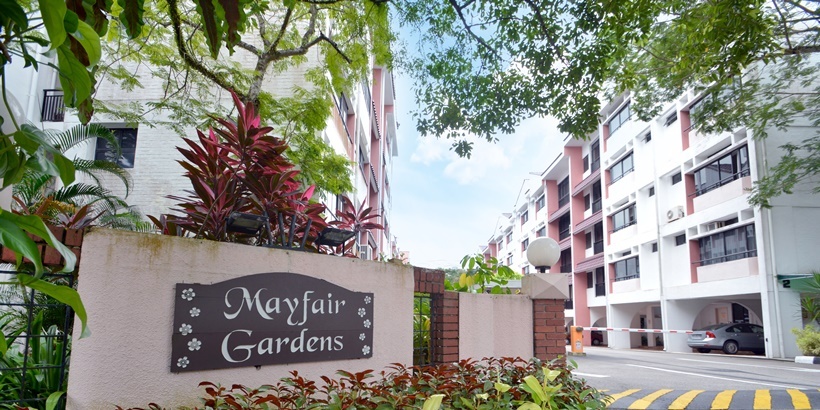
Previously this year, New york city State established a brownfield redevelopment plan. The goal of the strategy was to motivate the development of budget friendly real estate. Others and developers were offered grants, tax rewards and other kinds of monetary assistance for the clean up, cleaning and building and construction of brownfield residential or commercial property. Shortly thereafter, the Iowa State Senate passed a comparable expense developing a redevelopment tax program for brownfield and greyfield sites in that state.
The United States Environmental Protection Agency defines a brownfield website as "real estate, the expansion, redevelopment, or reuse of which might be made complex by the presence or possible existence of a dangerous substance, toxin, or pollutant." A brownfield site is typically the previous place of a chemical plant or production facility that made or utilized possibly harmful substances like commercial cleaning products or fertilizer. Though a facility may have been deserted for several years, harmful chemicals might still exist in the center itself and the ground on which it sits. The cost of cleansing brownfield websites can be so high as to prevent them from being developed at all. As a result, the harmful contaminants remain in the environment, posing health dangers while the abandoned property at the same time hinders the neighborhood's economic development.
In contrast, a "greyfield" website rarely poses any ecological or health risks. It is a term that was created in the early 2000s to explain empty and abandoned commercial and retail home. (The word "greyfield" refers to the often-expansive parking lots that surround the structures.) The redevelopment of greyfields generally costs less due to the fact that there are no hazardous contaminants to dispose of. In addition, the existing facilities (consisting of plumbing and electrical wiring) can Mayfair Collection by Oxley really decrease the cost of development.
A revitalization plan launched by the U.S. Department of Housing and Urban Development (HUD) in 2005 recommended greyfields as viable development opportunities because of their often-close distance to main traffic arteries and public gathering places like sports complexes.
In 2002, President Bush signed into law the Small Business Liability Relief and Brownfields Revitalization Act, which designated more financing for the clean-up and development of brownfield sites. Because greyfields posture no real environmental or health hazards, there is little federal financing allocated particularly for their development.
However, Iowa's recently passed legislation makes it possible for the state's Department of Economic Development to apply approximately $5 million of its designated redevelopment tax credits for both brownfield and greyfield sites. The existing redevelopment arrangement enables an optimum thirty percent credit, based on the overall certifying investment expenses. At minimum, a twelve percent credit is given for certifying investment in a greyfield site. If the project likewise meets the requirements for "green developments," that credit is bumped approximately 15 percent. A minimum 24 percent credit is readily available for brownfield sites, and is increased to 30 percent for green advancements. With this new law in place, more loan is now available for contractors and financiers willing to explore development possibilities on home deemed brownfield or greyfield.
Legislators hope the brand-new provision offers incentive for developers to utilize old uninhabited malls and commercial websites, which abound, rather than seeking to build on formerly unused land. Other states are thinking about similar legislation as they look for innovative methods to motivate development while keep expenses as low as possible.
Soon thereafter, the Iowa State Senate passed a comparable expense developing a redevelopment tax program for brownfield and greyfield websites in that state.
Iowa's just recently passed legislation allows the state's Department of Economic Development to apply up to $5 million of its assigned redevelopment tax credits for both brownfield and greyfield websites. A minimum 24 percent credit is available for brownfield sites, and is increased to 30 percent for green advancements. With this brand-new law in location, more money is now readily available for financiers and home builders ready to check out development possibilities on residential or commercial property deemed brownfield or greyfield.